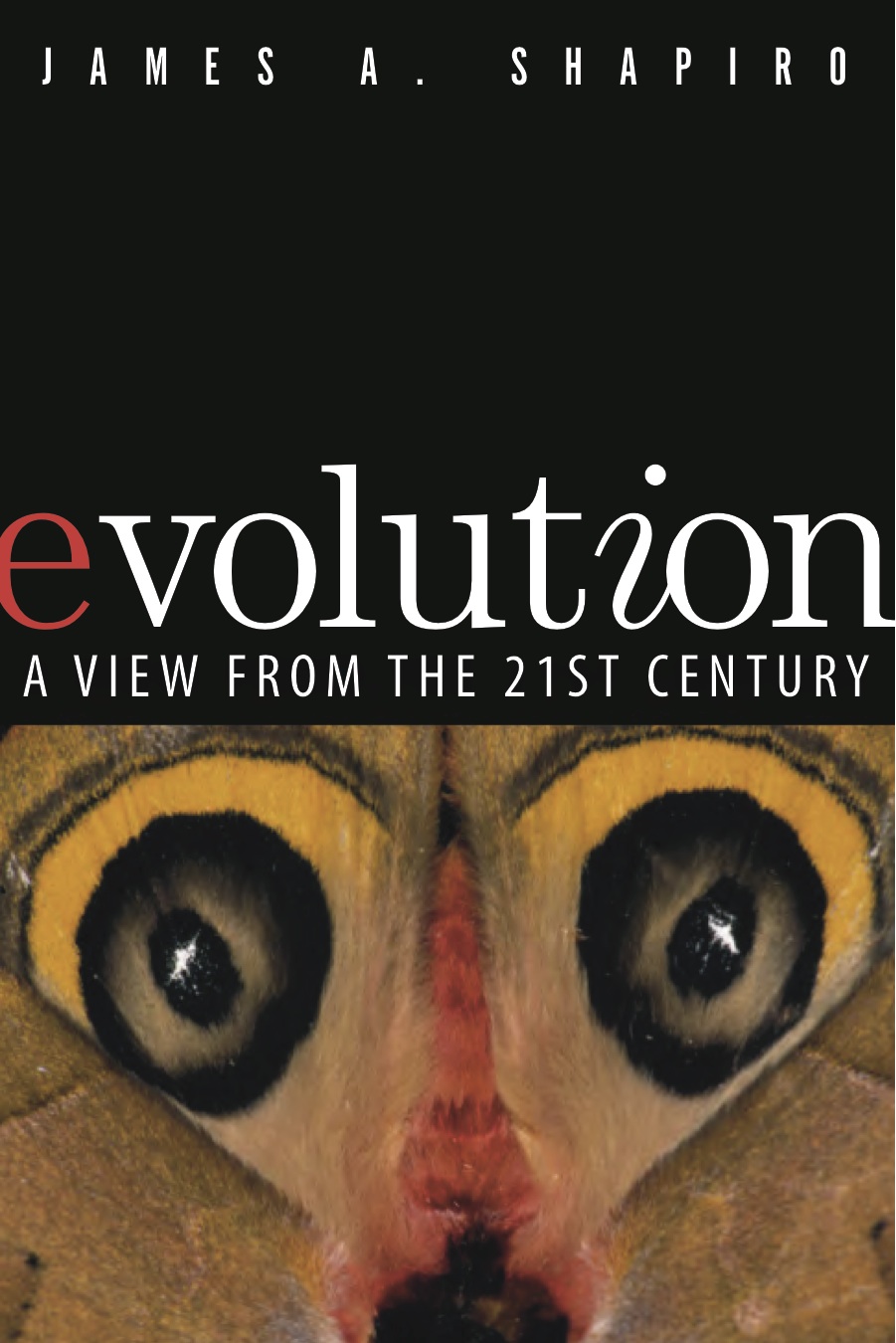 After writing part 1 of this blog post almost 3 years ago, I received several comments along the lines of, “Just because one scientist, James Shapiro, disagrees with the idea that natural selection acting on random mutations is the main engine of evolutionary change, does not mean there is a controversy.”
After writing part 1 of this blog post almost 3 years ago, I received several comments along the lines of, “Just because one scientist, James Shapiro, disagrees with the idea that natural selection acting on random mutations is the main engine of evolutionary change, does not mean there is a controversy.”
My goal in quoting Shapiro was not to state merely that Shapiro diverges from evolutionary orthodoxy, but to encourage the reader to go off and do some more reading to see that there are many more dissenting scientists, just like him. To help along that process, I’ve quoted from an article below that lists several more examples of the controversy. This is obviously not an exhaustive list, but is meant to lead truly curious readers to do more reading themselves. For those of you who have already decided that there is no controversy, don’t waste your time reading any further. You’ll just get more upset.
Here is Casey Luskin in an article he wrote for the Christian Research Journal titled “The New Theistic Evolutionists.” Luskin notes that
highly credible scientists doubt the neo-Darwinian view that natural selection acting on random mutation was the driving force building the complexity of life. Lynn Margulis, a member of the National Academy of Sciences, explained that “neo-Darwinists say that new species emerge when mutations occur and modify an organism,” and admitted, “I believed it until I looked for evidence.”
In 2008, sixteen leading biologists convened in Altenberg, Austria, to discuss problems with the neo-Darwinian synthesis. When covering this conference, Nature quoted leading scientists saying things like “evolutionary theory has told us little about” important events like “the origin of wings and the invasion of the land.”
That same year, Cornell evolutionary biologist William Provine explained that “every assertion of the evolutionary synthesis below is false,” including: “natural selection was the primary mechanism at every level of the evolutionary process,” “macroevolution was a simple extension of microevolution,” and “evolution produces a tree of life.”
Luskin adds:
The following year, leading biologist Eugene Koonin wrote that breakdowns in core neo-Darwinian tenets such as the “traditional concept of the tree of life” or that “natural selection is the main driving force of evolution” indicate “the modem synthesis has crumbled, apparently, beyond repair.” . . . Koonin mentioned growing skepticism over the “tree of life,” and the technical literature contains numerous examples of conflicting evolutionary trees, challenging universal common ancestry.
An article in Nature reported that “disparities between molecular and morphological trees” lead to “evolution wars” because “evolutionary trees constructed by studying biological molecules often don’t resemble those drawn up from morphology.” Another Nature paper reported that newly discovered genes “are tearing apart traditional ideas about the animal family tree,” since they “give a totally different tree from what everyone else wants.”
A 2009 article in New Scientist observes that “many biologists now argue that the tree concept is obsolete and needs to be discarded.” So severe are problems that a 2012 paper in Annual Review of Genetics proposed “life might indeed have multiple origins.”
Again, if you want to argue that there is no controversy, you are simply ignorant of what’s going on. Instead of trying to shout down any one who says there is a controversy, your time would be better spent spend studying the differing views on evolution so that you can truly understand the issues involved.
 I just finished reading James Shapiro’s book, Evolution: A View from the 21st Century. Shapiro is Professor of Microbiology at the University of Chicago and a deeply influential figure in evolutionary biology.
I just finished reading James Shapiro’s book, Evolution: A View from the 21st Century. Shapiro is Professor of Microbiology at the University of Chicago and a deeply influential figure in evolutionary biology.